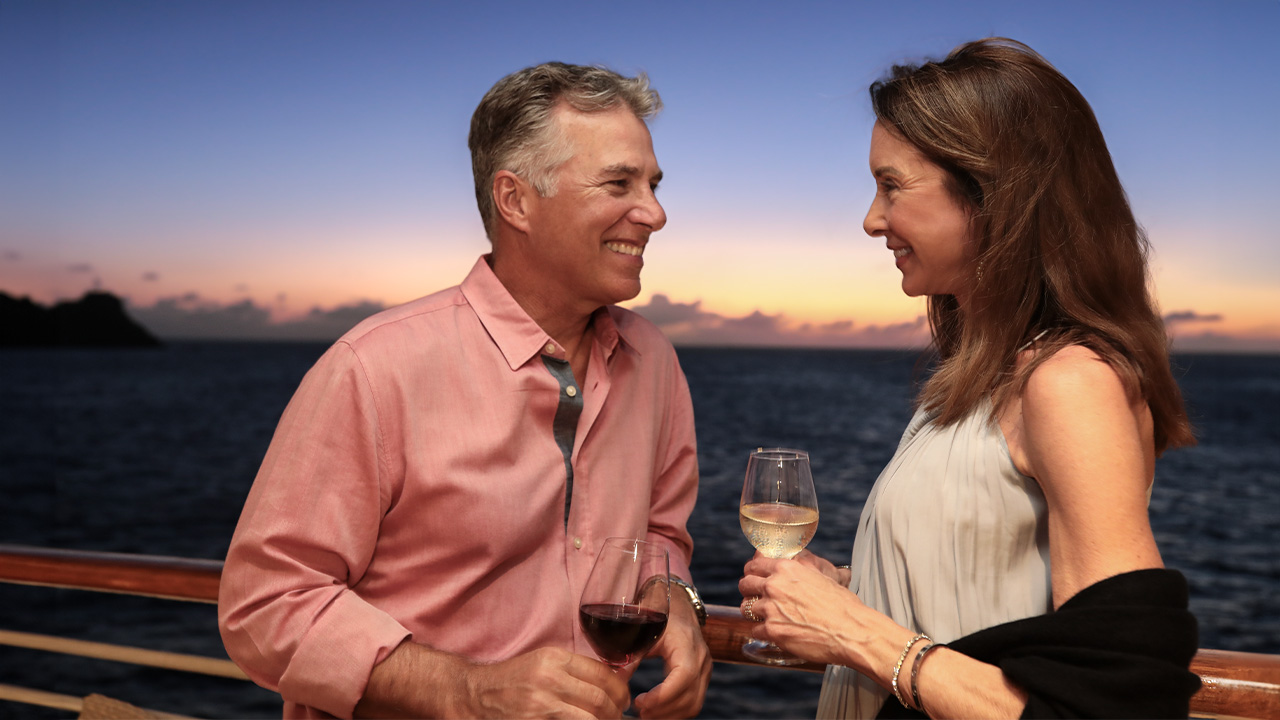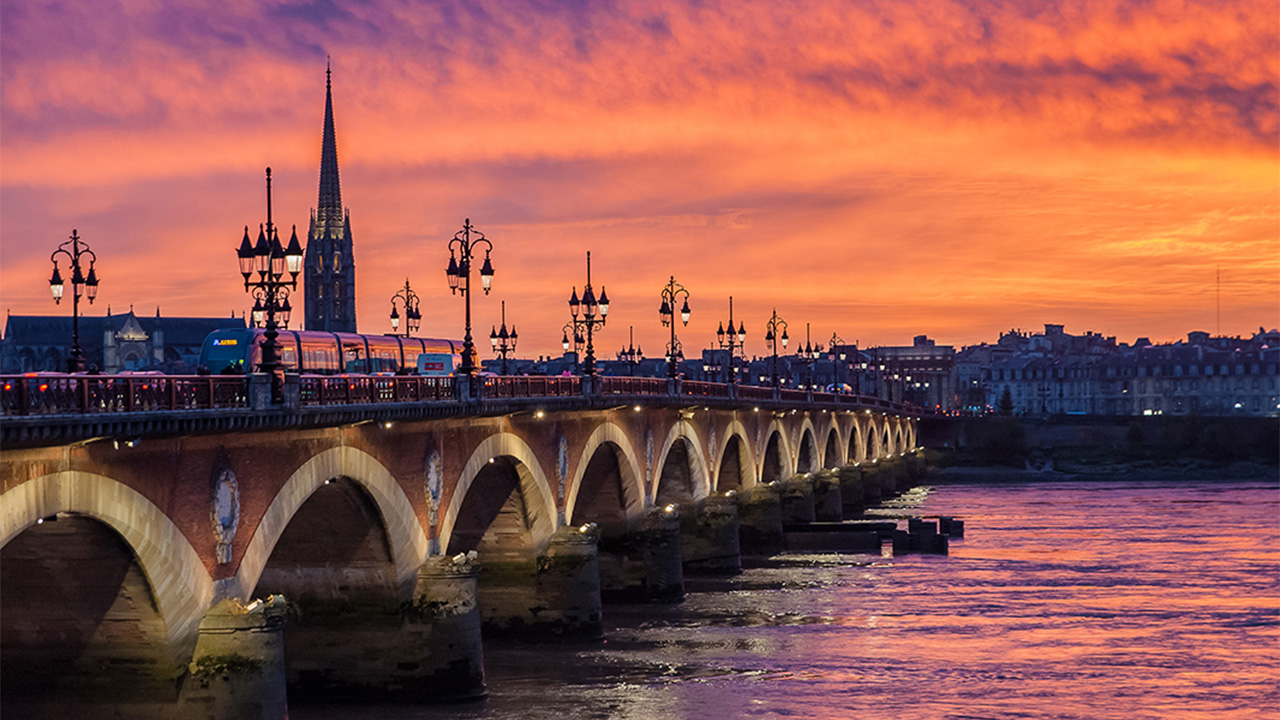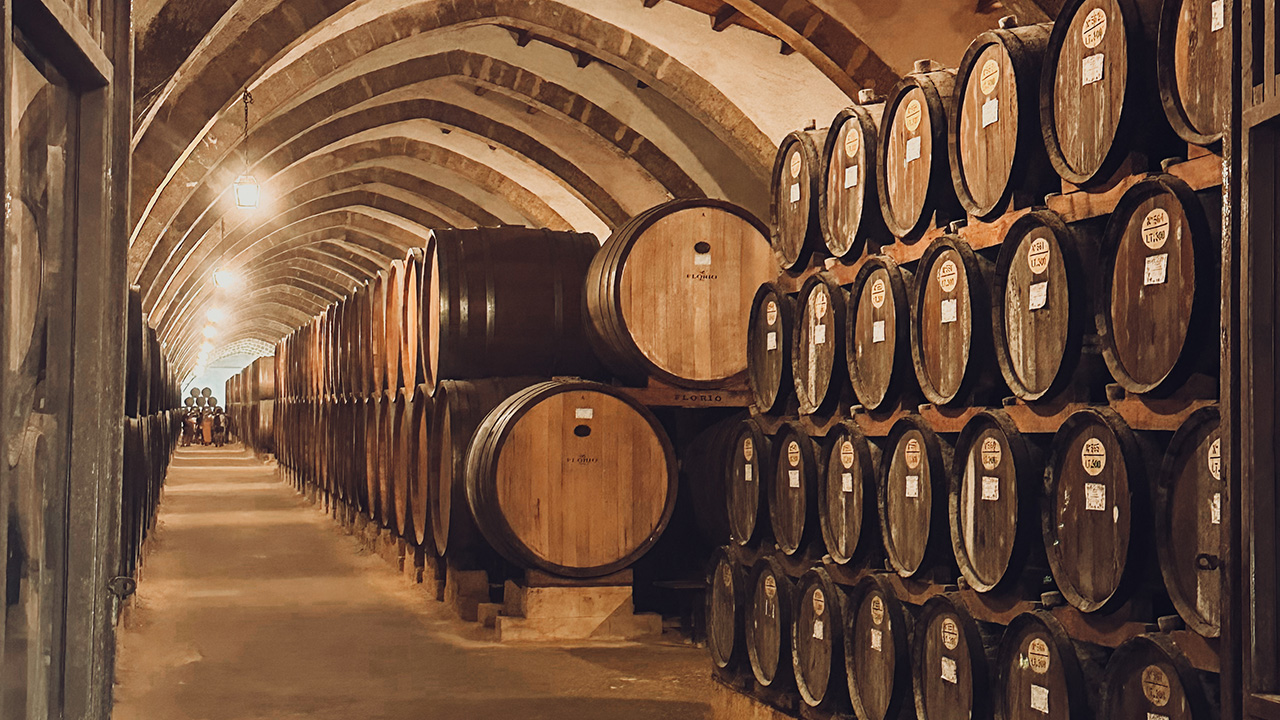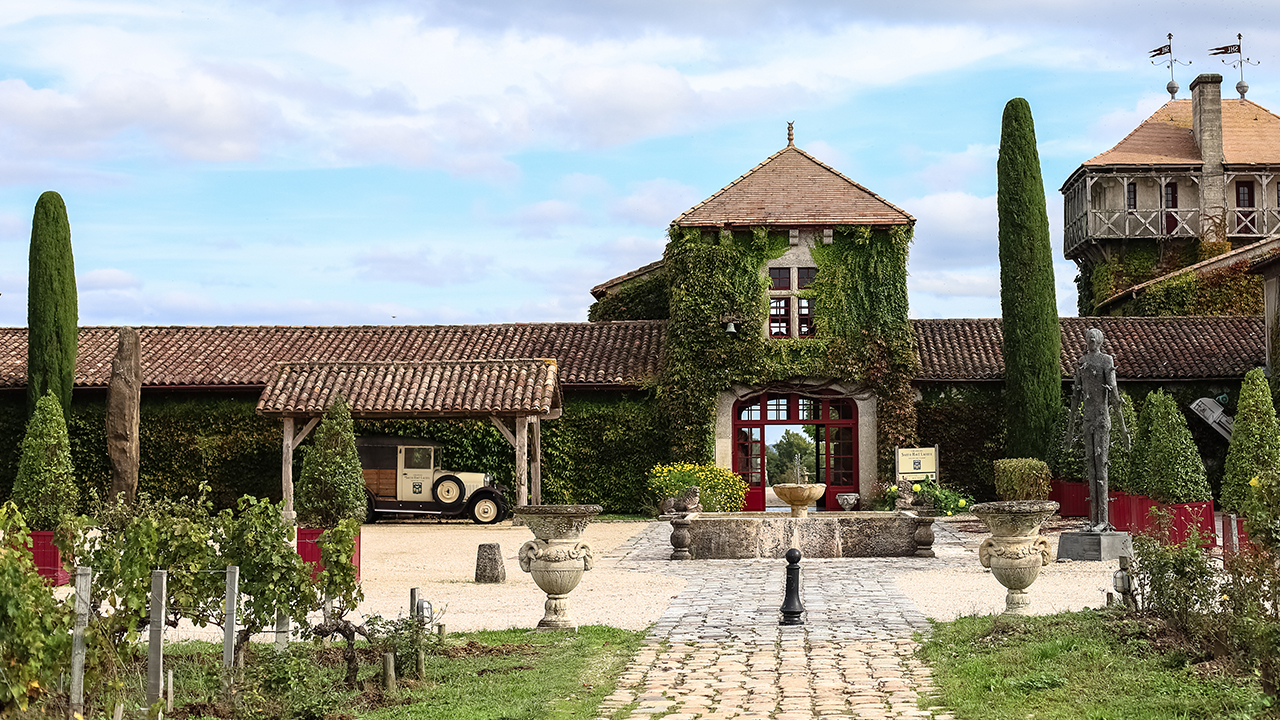Left bank or right bank, you can bank on discovering a fabulous bottle of wine in Bordeaux
France’s Atlantic shore between Pointe de Grave, at the mouth of the Gironde River, and Biarritz, at the foot of the Pyrenées, is known as Côte d’Argent. The river narrows near Bordeaux, center to one of the world’s most celebrated wine-producing regions. More than 10,000 vineyards dot the countryside, providing most of the Epicurean nation’s Cabernet Sauvignon, Merlot, Cabernet Franc, Sémillon, Savignon Blanc, and Muscadelle grapes.
During our 2025 & 2026 seasons, SeaDream Yacht Club docks in the heart of town and overnights in this charming destination—reputed to be the “loveliest spot in all of Bordeaux”—allowing guests to venture off the beaten path and sample their choice of varietals. With hundreds of historical buildings and monuments, dozens of art galleries and museums, beautiful parks, and distinctive French cuisine at guests’ feet, Bordeaux is simply unmissable.
The Left Bank or the Right—Why Choose?

There are three rivers that define Bordeaux: the Gironde (technically an estuary), the Garonne and the Dordogne. As with the Seine River in Paris, the Gironde divides the region into two main sections known as the left bank and the right bank. The low-lying land south of the Gironde is the left bank and includes the regions of Medoc and Graves, while the gently sloping land on the estuary’s north side is the right bank.
The two tributaries of the Gironde, the Garonne and Dordogne, both wind their way through picture-postcard landscapes, with the Dordogne River serving to extend the right bank southeast along the well-known wine districts of Pomerol and Saint-Émilion. The Garonne, meanwhile, continues its course south from Bordeaux slicing through the countryside around the key districts of Graves, Pessac-Léognan, and sweet Sauternes.
The soil of the left bank is dominated by gravel that retains the heat of the sun well, lending itself best to nurturing the heavy, black-fruit flavor of cabernet sauvignon grapes. The soil of Bordeaux’s right bank, however, contains more porous limestone and clay, which makes it perfect for growing the softer, early-ripening Merlot. Whichever bank you favor, the good news is that you don’t have to choose, as the real beauty of Bordeaux’s wines stems from the fact that they blend so well together. Merlot ripens sooner than cabernet sauvignon, so if bad weather wipes out the early crop, it can still be redeemed by the later harvest. Traditionally producers simply blend the two different grapes together to produce a better wine of equal quality to the single-grape varieties.
Left bank or right bank, you can definitely bank on finding a fabulous bottle of wine in Bordeaux.
UNESCO World Heritage-Classified Saint Emilion

There can be no better place to start a visit of this beautiful region than at the UNESCO World Heritage classified Saint Emilion village. This is the heartland of the Merlot grape, producing delicious, rich, and famous wines. The vines on the "hill with a thousand châteaux,” reach right up to Saint-Emilion's thirteenth-century town walls and the surrounding moat dug out of solid rock. Members of the local wine brotherhood, the Jurats, proclaim the “vintage banns” (a public announcement of a new harvest season) in much the same way as their ancestors did during the reign of Richard the Lion Heart.
Visit the main monuments of this UNESCO World Heritage Site, including the Collegiate Church and its magnificent cloister from the twelfth century, the ramparts, the marketplace, and the monolithic church or underground church from the nineth and twelfth centuries.
SeaDream introduces you to the Saint Emilion region of France with a guided visit of the village and underground, plus a wine cellar visit and tasting at Chateau Soutard.
Private Chateaux Visits

You are invited to a special Yachting Land Adventure in Bordeaux that discovers the region’s vineyards, with a private wine tasting and visit of two famous Classified Great Growth Wine estates.


This great growth owes its reputation as "the quintessential Graves" to its superb Günz gravel terroir in a single block. The estate's history dates back to the Crusades. Learn about the rich history of this chateau and accomplishments of one of the leading Bordeaux wine brands. During the chateau visit you will be granted special access to the owners' private and secret cellars where you will see many wonderful wine treasures! Next follow the guide to the tasting room where 3 wines will be served. This is a once-in-a lifetime occasion to taste both first label's wines from the estate (Château Smith Haut Lafitte red, and Château Smith Haut Lafitte white), and one red or white wine from its second label (Les Hauts de Smith).


There are only 6 châteauxs, among the 9,000 wineries in the Bordeaux region, that are Classified Growths for both their red and white wines. Château Carbonnieux is one of them since 1953. In the “Best of Wine Tourism” competition; Château Carbonnieux recently received a “Best of Gold” award in the highly distinguished category of “Architecture and Landscapes”. This competition awards the excellence and innovative spirit of the wine-producing properties from among the ten biggest wine regions in the world. After visiting the estate, enjoy a tasting of three of their best wines with snacks. You will be enchanted with these private tasting of the finest wines of the Bordeaux wine region while in the historic cradle of the wine culture of the world and return to your yacht in Bordeaux a true wine lover!
Are you ready to explore the secrets of Northern Europe yourself? SeaDream provides you with an intimate view of these destinations unlike any other boutique travel line. Click here to check availability and reserve your next voyage.